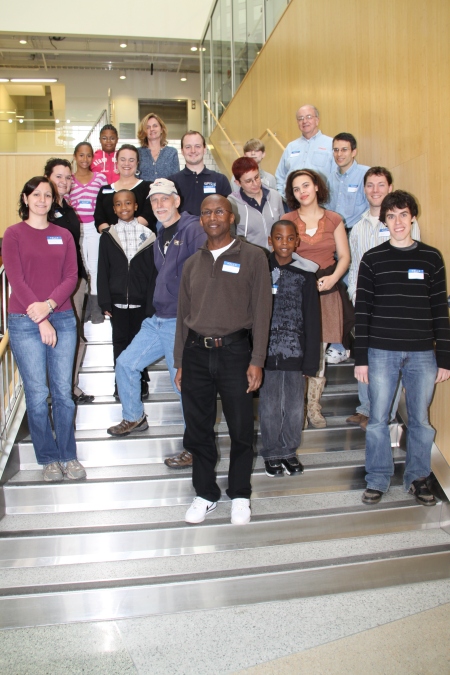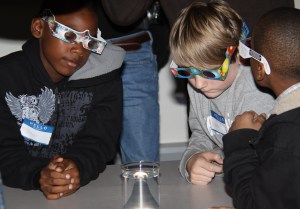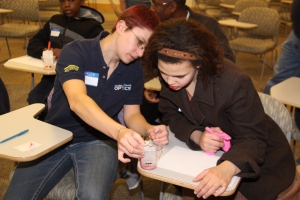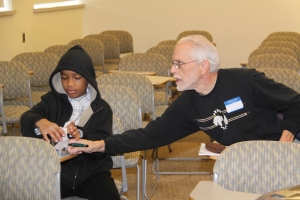 Spiders – you either love them or hate them. The scientists at the University of Rochester’s Laboratory for Laser Energetics (LLE) love them.
Spiders – you either love them or hate them. The scientists at the University of Rochester’s Laboratory for Laser Energetics (LLE) love them.
After all, they are very valuable little co-workers.
The U of R’s LLE was established in 1970 as a center for the investigation of the interaction of intense radiation with matter. The quest of the LLE is to establish a long-term energy solution using controlled experiments with fusion.
One of the groundbreaking aspects of this experimentation is the use of spider silk in target mounting – spider silk produced right in the LLE.
For many decades, biologists and material scientists have been researching spider silk – a web-like fiber that the spider prepares as a net, cocoon for harnessing prey, or dragline to lower itself. Of the six types of silk the common spider produces, dragline silk is the most resilient, elastic, strong and biodegradable.
At LLE, dragline silk is used to provide a stable, low mass mount for targets used on the OMEGA Laser System.
Steven Noyes developed the system for spider silk target mounting.
Here’s how it works:
• First a spider is suspended upside down so that dragline silk may be collected.
• Silk is then wrapped around a wheel and placed under UV light to bond the silk to the spokes of the wheel.
• The wheel is then bonded to the target mount.
The goal of using spider silk to hold the target is to simulate a mid-air suspension. The less intrusive the mount, the more accurate the testing results. That is why four strands of spider silk, 3 tenths of a micrometer in diameter are used to hold the target in place.
The target is a millimeter diameter fuel capsule that is fused to produce helium and energy upon being imploded by the 60 OMEGA laser beams.

The LLE is home to the most powerful laser in the world, the Omega Laser System. It is the hope of LLE to create a nuclear reactor that will use controlled fusion as a nearly limitless energy source. With the help of their miniature lab assistants, they seem well on their way.
For more information on the Laboratory for Laser Energetics, click here.



 Posted by caurie
Posted by caurie 






